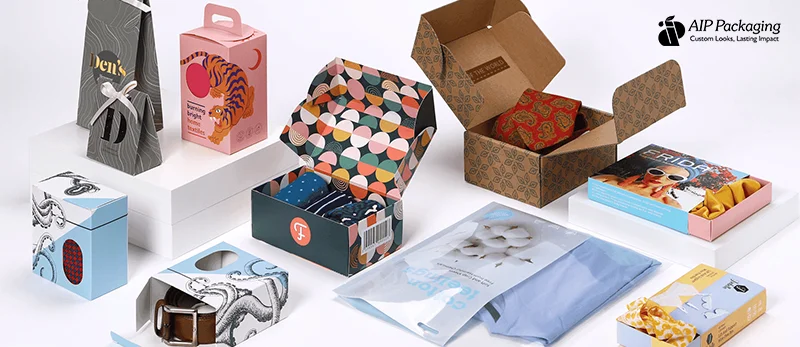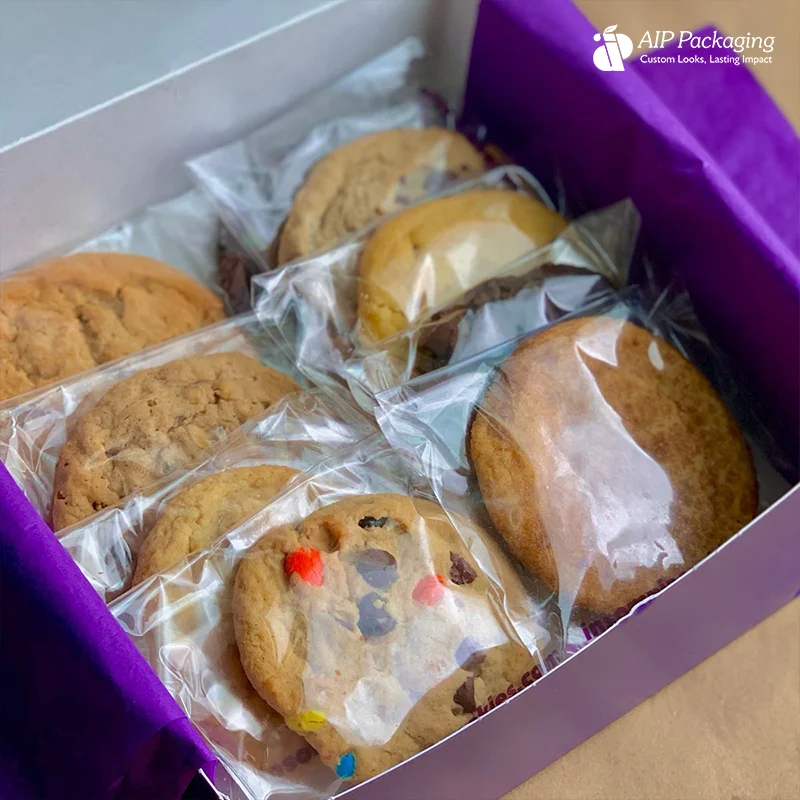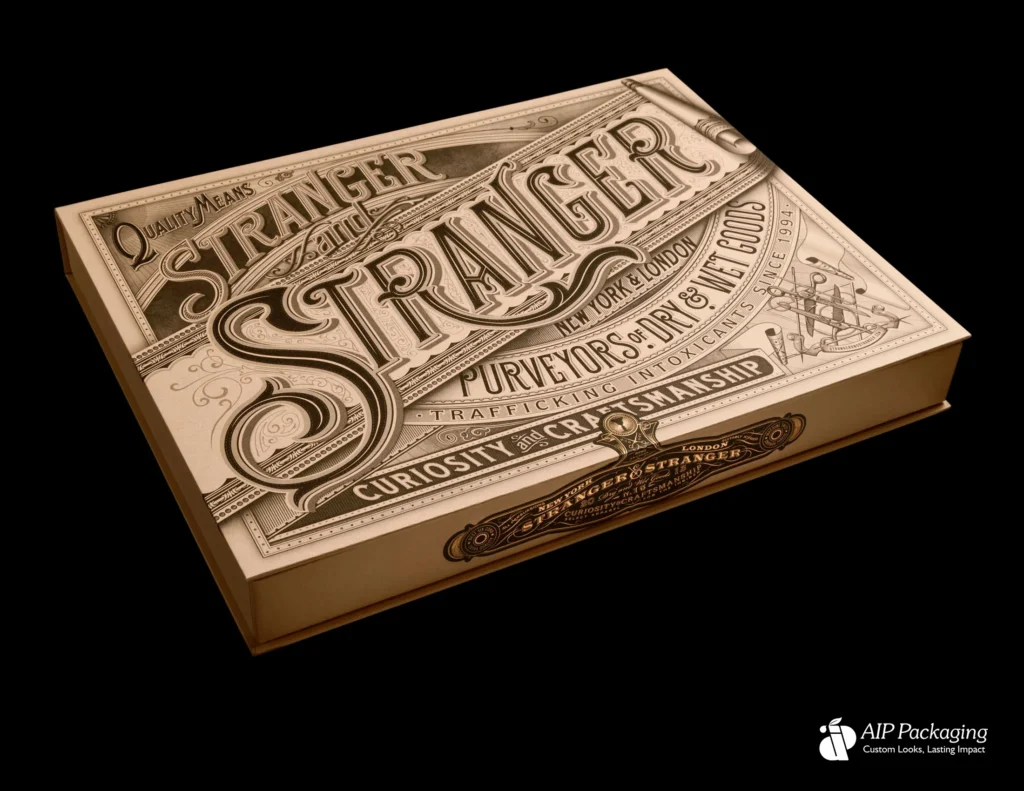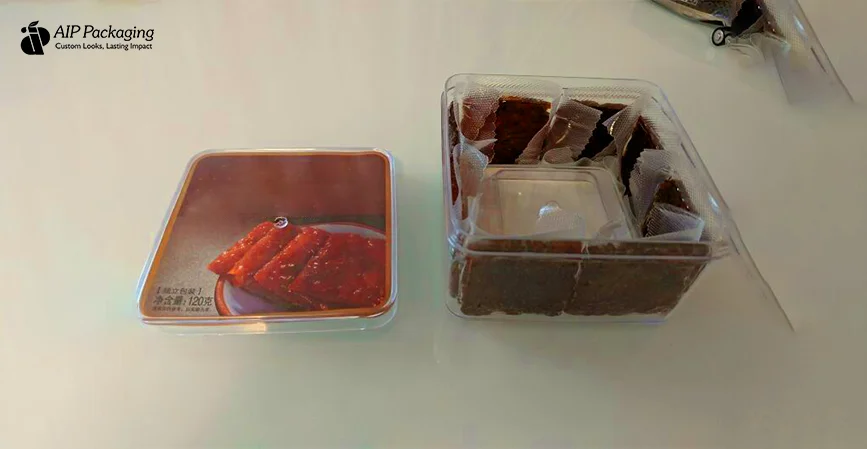In the competitive world of retail, the design of a product’s packaging may make or break it. A good package may attract customers, protect the product, and make the brand experience better overall. On the other hand, bad packaging design can cause confusion, dissatisfaction, and even lower sales. Some firms are working hard to make their custom packaging designs more eco-friendly, but others are still having trouble getting their products seen by more people.
What Contributes to a Bad Packaging Design?
Any package that doesn’t execute its main jobs well is considered bad design. These jobs include protecting the goods, making it look good to customers, and giving them information when they need it. There are several reasons why packing is bad, such as:
• Misleading packaging that confuses or misleads customers.
• Tightly complex packaging that is hard to open or use.
• Reduced protection that does not adequately protect the product during transportation.
• Inadequate design that is hard to comprehend or operate.
• Excessive packaging that consumes more material than required.
• Sustainable packaging that is non-environmental friendly.
Examples of Bad Packaging Designs
Not many brands think about how important the design of the package is and how it might affect how people act. But we have some of the most famous disasters that show how bad packaging can be;
1. Excessive Packaging for a Minimal Product
The most annoying example of improper package design is when you have to use extra stuffing only to keep a small item safe. When businesses utilize big boxes or layers of extra materials to ship a little item, it wastes time and money.
Customers are annoyed by this because it’s a waste of time and hard to throw away. Overpacking also harms the environment by increasing the amount of waste that ends up in landfills. Companies need to make sure that their packaging is the right size for the product and that they only use enough material to keep it safe during transportation.

2. Misleading or Deceptive Packaging Designs
This style of packaging makes the contents look different than they really are, which often leads to irritation and disappointment. One such example is packing that is too big, where the box or container is much bigger than the item inside.
This approach can make customers think they are getting more than they really are. Another example is packaging that has graphics or labels that make the product seem better than it is, which can lead to unsatisfied expectations.
Packaging that is misleading damages both consumers’ and brands’ trust and gets bad press. When the product doesn’t live up to the package, customers feel cheated, which can lead to lost sales and loyalty.

3. Misuse of Obvious Containers
Some containers have apparent uses that we forget about. People generally know that a can with a pop top is for drinking. When you see that can, your brain will tell you to pick it up and eat it.
But no! Hold on!
You read the label and see that it says “radiator coolant.” You might be wondering why they would put that in a can to drink.
Using this kind of container for things like radiators’ coolant would not be smart. It’s important to think about what the containers are for and not utilize them in a way that could lead to confusion or abuse.

4. Individual Wrappers for Each Product
It might seem like a good idea to wrap each item separately to protect it, but it usually has the opposite effect, especially for fruits and vegetables.
It’s like putting each piece of fruit in its own little cottage. It may seem like it’s keeping them safe, but in the end, it’s just a waste of money and makes trash that doesn’t need to be there. And then, to make matters worse, it takes forever to unwrap everything when all you want is a snack!
Imagine needing to buy a lot of bananas, and each one is wrapped in its own plastic sleeve. It doesn’t make any logic and is bad for the environment, too. All those wrappers add up to a lot of plastic trash that ends up in landfills or pollutes our waterways.

5. Inappropriate Typography with Dull Color Scheme
When it comes to colors and fonts, sometimes less isn’t more; it’s just less appealing. Imagine opening a box and being dismayed to find that the text inside are hard to read because of a strange font choice.
And to make things worse, the colors are so dull that they make you sleepy. That’s the problem of adding weird fonts to a boring color scheme.

6. Confusing and Misleading Imagery
Sometimes, the pictures on the box are unclear or deceptive, which can lead someone to think or believe something that isn’t true about what’s inside. It means that the pictures on the packaging labels are so over-the-top that customers think they are getting more than they really are.
In other words, this could happen if the pictures don’t show what’s truly in the package. In other words, a thing may look bigger or be shown in a different place than it really is. This could confuse customers because they won’t get what they thought they were buying when they buy something based on these fake pictures.
7. Weird Shaped Containers
Containers with strange shapes can cause a lot of problems for both customers and businesses. Unique shapes may get attention on a store rack, but they frequently come with functional problems. Because they are hard to store, these containers are not handy for clients who wish to fit them into cupboards or refrigerators.
These odd shapes make it harder for corporations to ship things since they don’t fit well into normal boxes or pallets, which raises production costs.

8. Unusual or Impractical Packaging
The weird containers are another fault in the design of the packaging.
This means that there is some doubt, or we might say that the product is packaged in a way that is very different from what it is. For example, you might have had milk packets that leaked or weren’t useful as containers. Another example is eggs in paper cartons or plastic wrap, which could easily crack while they are being moved or shipped. Plastic bottles that hold acids or other dangerous substances are another example of bad packaging.

The Consequences of Bad Packaging Design
What happens when packaging is poorly designed Bad packaging design hurts both businesses and customers in many ways. One big effect is packing that isn’t good for the environment. Using materials that aren’t good for the environment to package a product is bad for the environment and for a company’s reputation with customers who care about the environment.
Another problem with badly designed items is that they don’t work. People will be annoyed and probably not buy from this brand again if the packaging is hard to open, confusing, or doesn’t protect the product well enough.
Lastly, poorly constructed packaging can cause problems with the packaging itself, both when it is shipped and when it is handled. If the packaging isn’t strong enough or the correct size, the goods could arrive broken. This means returns, more costs, and unhappy consumers.
How to Prevent Bad Packaging Design
You can avoid a lot of these problems and provide your clients a positive experience just by following best practices for packaging design. To do this, you need to:
Understand Your Audience
To avoid making the biggest mistakes in your package design, you need to know who your audience is and what they like. It also means knowing what problems they have and how your product may help them. Put yourself in the customer’s shoes to see what they would expect. Once you’ve gotten the right input, turn it into something you can use to improve your package design.
Prioritize Functionality
Make sure that your packaging doesn’t have anything that looks dirty or could hurt someone. One important thing to think about in this scenario is what size your box should be dependent on the shape of your item.
You’re on the correct track if the product is easy to open and close again, which gives it the most protection. People are least worried about something that is hard to open and needs a whole puzzle to solve in order to close it again.
Keep Brand Consistency
To make it easy for people to recognize your brand, keep things like logos, colors, and fonts the same. Don’t use things that don’t match and confuse or mislead the buyer. Instead, make the design of the package a part of the brand’s message and identity as a whole. If you’re going to use high-end or luxury boxes for your goods, you might as well think about how to make them seem fancy too.
Be Sustainable
To make it easy for people to recognize your brand, keep things like logos, colors, and fonts the same. Don’t use things that don’t match and confuse or mislead the buyer. Instead, make the design of the package a part of the brand’s message and identity as a whole. If you’re going to use high-end or luxury boxes for your goods, you might as well think about how to make them seem fancy too.
Conclusion
The design of packaging is a very important part of marketing a product that can have a big effect on how people act and think about a brand. When making packaging for your product, it’s crucial to know what to include and what to leave out. All the details should be well thought out so that you don’t wind up with terrible masterpieces that will be hard to forget for a long time.



